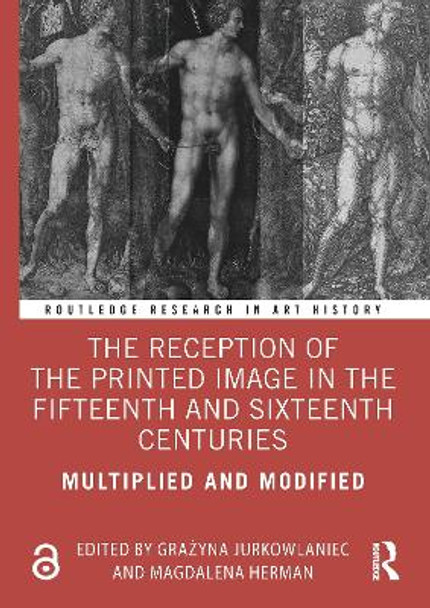Description
This book examines the early development of the graphic arts from the perspectives of material things, human actors and immaterial representations while broadening the geographic field of inquiry to Central Europe and the British Isles and considering the reception of the prints on other continents.
The role of human actors proves particularly prominent, i.e. the circumstances that informed creators', producers', owners' and beholders' motivations and responses. Certainly, such a complex relationship between things, people and images is not an exclusive feature of the pre-modern period's print cultures. However, the rise of printmaking challenged some established rules in the arts and visual realms and thus provides a fruitful point of departure for further study of the development of the various functions and responses to printed images in the sixteenth century.
The book will be of interest to scholars working in art history, print history, book history and European studies.
The introduction of this book is freely available as a downloadable Open Access PDF under a Creative Commons Attribution-Non Commercial-No Derivatives 4.0 license at https://www.taylorfrancis.com/chapters/oa-edit/10.4324/9781003029199-1/introduction-gra%C5%BCyna-jurkowlaniec-magdalena-herman?context=ubx&refId=b6a86646-c9f3-490d-8a06-2946acd75fda
About the Author
Grazyna Jurkowlaniec is a professor at the Institute of Art History at the University of Warsaw.
Magdalena Herman is a PhD candidate at the University of Warsaw.
Reviews
"Our editors deserve praise for compiling an engaging set of essays, carefully grouped for thematic unity. Topics address prints across Europe. The pool of contributors is correspondingly diverse, introducing many new voices from central and eastern Europe."
--Historians of Netherlandish Art Reviews
Book Information
ISBN 9780367539405
Author Grazyna Jurkowlaniec
Format Paperback
Page Count 298
Imprint Routledge
Publisher Taylor & Francis Ltd
Weight(grams) 640g




